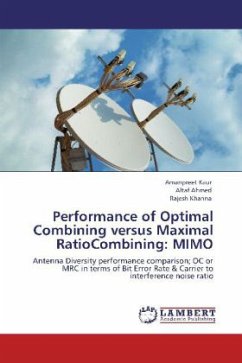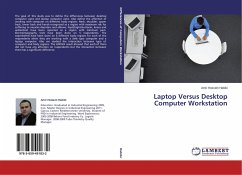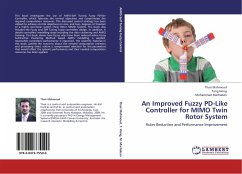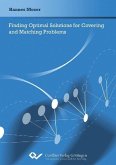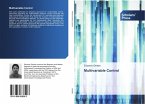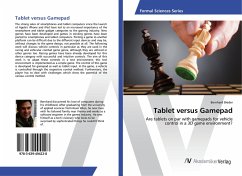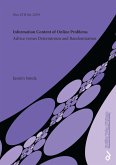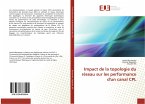In this work, for a CDMA communication, the per user carrier-to-interference ratio (CINR) enhancement in the Reverse Link (mobile to base station) is analyzed using different antenna array spatial combining algorithms: Optimal Combining (OC) Versus Maximal Ratio Combining (MRC) in a multi-rate (combined voice and data users) multi-antenna scenario. The ratio of the CINR for OC vs. MRC is directly analyzed, i.e. Z=CINROC/CINRMRC. Exact solutions are derived for the statistics of a per user CINROC/CINRMRC improvement, as a function of the high-level interference power to background noise, the gain ratio CINROC/CINRMRC is evaluated in a flat Rayleigh fading communications system with multiple interferers, when the number of interferences L is no less than the number of antenna elements M (L M). The gain ratio is derived providing a simple means to determine when OC will exhibit significant gains over MRC. simulations are done to find out the BER performance of optimum combining diversity in correlated Nakagami-m channels and compare with the BER performance of MRC and the influence of interference for MRC and OC are analyzed and discussed
Bitte wählen Sie Ihr Anliegen aus.
Rechnungen
Retourenschein anfordern
Bestellstatus
Storno

